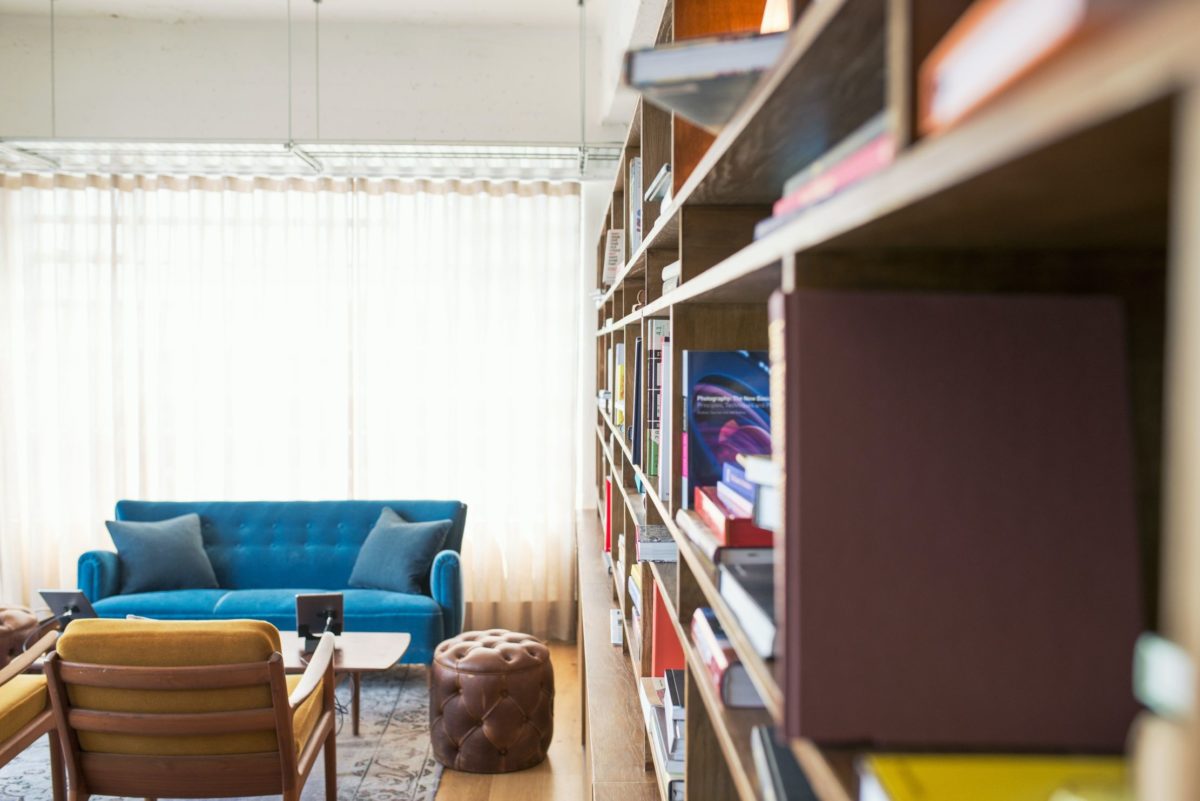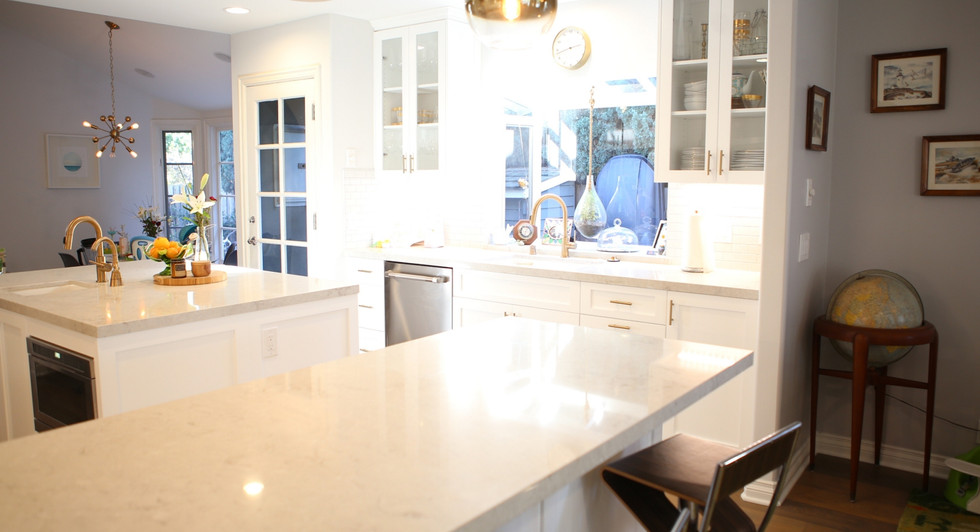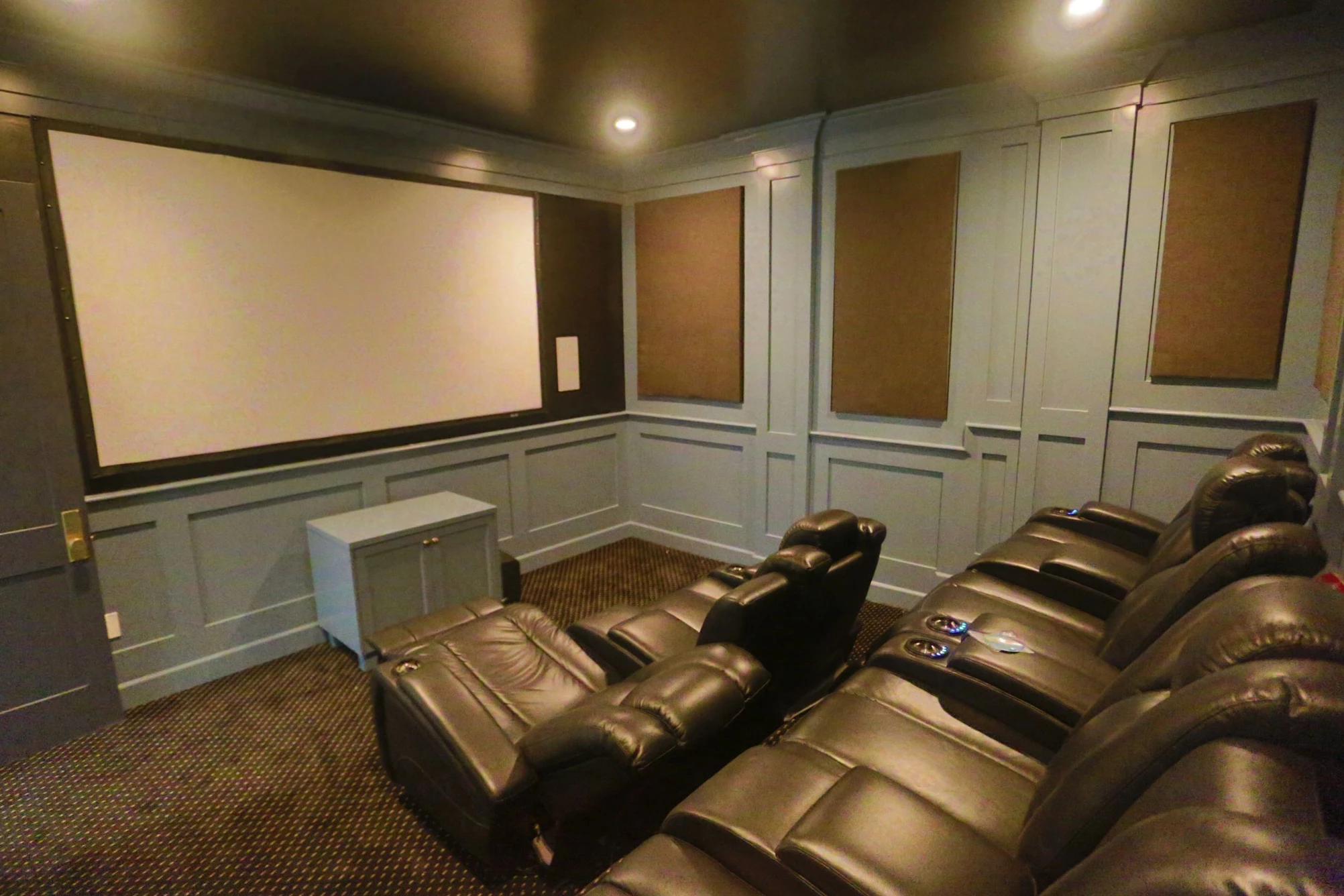When is The Right Time to Build Your ADU in Los Angeles?
So, your property has some space, and you probably want to build an ADU in Los Angeles. Well, that’s a splendid idea. Apart from increasing the value of your property, you get to create additional office or rental space. This article will help you navigate the requirements governing the design and build,giving an estimate of the duration for your construction.
Is your property eligible for constructing an ADU in Los Angeles?
If you own prime property in the city, there is a probability that you can build an ADUand modify it to meet your needs. Accessory Dwelling Units (ADU) are tiny independent homes located on the same premises as the main house. To determine if your property meets the set criteria, first, you need to know what the law dictates regarding ADU construction in your area.
What are the ADU laws in Los Angeles?
You may desire to build ADU Los Angeles but are unsure if your property meets all the requirements or you may be unsure what those requirements are. Take time and research extensively to ensure your property is eligible for building an ADU by adhering to the set regulations and standards.
Amid a high housing shortage driving up rents, Los Angeles real estate experts are looking at an often ignored form of housing as a viable solution. ADUs can provide homeowners with an easy source of rental income and affordable housing for tenants.
How long does it take to build an ADU in Los Angeles?
Thousands of LA residents already reside in backyard cottages or granny flats. With the new policies trying to speed up the process, ADU construction is a welcome housing alternative. Currently, construction permits take two weeks on average, meaning your ADU construction may take approximately two to five months depending on the work.
But committing to build an ADU isn’t that straightforward. Unless you take the time to understand the process, navigating the set of rules and regulations on specific properties can become a daunting task.
Recent regulations on ADUs in LA
From the beginning of January 2020, all cities in California must approve ADU applications within 60 days. Also, cities don’t need a hearing or discretionary review to make approvals. Nor do they require owners to live on the property or charge impact fees on ADUs less than 750 square feet. Also, all homeowner organizations must consent to ADU constructions. But, ADUs larger than 750 square feet attract an impact fee that is quite limited.
To some extent, cities and counties such as Los Angeles can modify state regulations by working on their own ADU law. Local authorities can further alter size specifications for ADUs.
How much does it cost to build an ADU?
Building an ADU from scratch can cost between $1,000 and $350,000. But, it will cost you at least $28,000 for a basement ADU or garage conversion.
Must I provide a parking space for my ADU?
No, it’s not a requirement since ADU laws in California have eased restrictions on parking requirements. One fundamental aspect of new state laws is that cities don’t require parking spaces for ADUs within half a mile of major public transit stops. This is good news as people can construct ADUs without worrying about parking spaces.
How do I select the size of my ADU?
State authorities in Los Angeles allow single-family homeowners to construct Accessory Dwelling Units as long as there is ample space on the property. The good news is that there are fewer logistical setbacks and it is now easier to construct an ADU. However, size requirements vary from state to state.
How large can my ADU construction in Los Angeles be?
In California, an attached ADU cannot exceed 50% of the size of the central residential unit. For instance, if the main house is 2,000 square feet, your attached ADU must not exceed 1,000 square feet.
Please note that unattached ADUs cannot exceed 1,200 square feet, irrespective of the size of the existing residential property.
A detached ADU needs to be at least 10 feet from the existing premise and 5 feet from property lines. Cities cannot tamper with structures less than 800 square feet with a height of less than16 feet.
How small can my ADU construction be?
Though construction largely depends on preference. There are some minimum interior space requirements that homeowners must meet.
The living and bedroom areas must at least be 70 square feet, while the kitchen should cover 50 square feet.
The bathroom comprising a toilet, sink, shower, or bathtub should be 30 square feet. A small ADU construction in Los Angeles should occupy more than 150 square feet space.
What about utilities?
You are free to integrate your connections as per your preferences. But, if you intend to rent out your ADU, consider having your electric connectivity metered separately. The other option is to connect to the current main electric panel, as long as there is adequate space.
Many people opt to share water connectivity as it is rarely worth the expense of having a separate meter. However, you cannot connect the ADU’s sewer line to the main house. It must connect to a separate connection.
What are the approval timelines for ADUs in California?
The right time to start your ADU largely depends on you, as there are some construction categories that are subject to automatic approval. Cities are under obligation to promptly approve ADU proposals regardless of lot or unit size, height, or parking requirements, as long as the proposal involves one single-family home.
Which ADUs are eligible for automatic approval?
- Detached ADUs that exceed 800 square feet, a maximum height of 16 feet, and setbacks of at least 4 feet are eligible for prompt approval. However, they must be 10 feet away from the main house and 5 feet away from property lines.
- Garage transformations proposing the ADU’s separate entrance and setbacks are perceived as adequate for fire safety.
What does the term setback mean?
A setback refers to the building restrictions imposed on property developers forcing them to stick to specific guidelines. For instance, a setback is a distance between a sidewalk and a property line. These guidelines guide property owners on where they can or cannot build.
Currently, LA County building codes dictate that new structures must be at least 4 feet from the property line and have a 10-foot setback from the main house.
The good news is that a setback is not a requirement if you are converting your garage into an ADU. This is highly beneficial for anyone wanting to convert their garage into a tiny living space.
Final Thoughts
Several factors determine when your ADU Los Angeles construction is to commence. However, relevant authorities continue to ease the processes making it easier to design and build Los Angeles ADUs as long as your property meets all the requirements.




No Comments